Advancements in Battery Technology
Technological advancements in battery chemistry and design are driving the Battery Test Equipment Market forward. Innovations such as solid-state batteries and enhanced lithium-ion technologies are being developed to improve energy density, safety, and longevity. As these new battery technologies emerge, the need for specialized testing equipment becomes critical to validate performance metrics and ensure compliance with industry standards. The market for battery testing equipment is projected to grow at a compound annual growth rate of around 8% through the next few years, indicating a robust demand for testing solutions that can keep pace with these advancements.
Regulatory Pressures and Safety Standards
Regulatory pressures and the establishment of safety standards are pivotal factors influencing the Battery Test Equipment Market. Governments and regulatory bodies are increasingly mandating stringent testing protocols to ensure battery safety and performance. Compliance with these regulations is essential for manufacturers to avoid penalties and ensure market access. The implementation of safety standards, such as those set by the International Electrotechnical Commission, is likely to drive demand for advanced testing equipment. As the regulatory landscape evolves, the battery test equipment market is expected to adapt, leading to innovations that enhance testing capabilities and ensure compliance.
Expansion of Electric Vehicle Infrastructure
The expansion of electric vehicle (EV) infrastructure is a key driver for the Battery Test Equipment Market. As more countries implement policies to promote electric mobility, the demand for EV batteries is escalating. This, in turn, necessitates the development of comprehensive testing solutions to ensure battery performance and safety. The EV battery market is anticipated to grow significantly, with estimates suggesting it could reach over 100 billion USD by 2025. Consequently, the battery test equipment sector must adapt to meet the rigorous testing requirements associated with this burgeoning market.
Increasing Demand for Renewable Energy Storage
The Battery Test Equipment Market is experiencing a surge in demand due to the increasing reliance on renewable energy sources. As countries strive to meet energy transition goals, the need for efficient energy storage solutions becomes paramount. Battery systems, particularly lithium-ion batteries, are essential for storing energy generated from solar and wind sources. This trend is reflected in the projected growth of the battery storage market, which is expected to reach approximately 200 billion USD by 2026. Consequently, the demand for battery test equipment, which ensures the reliability and performance of these storage systems, is likely to rise significantly.
Growing Focus on Battery Recycling and Sustainability
Sustainability concerns are increasingly influencing the Battery Test Equipment Market. As the environmental impact of battery disposal becomes more pronounced, there is a growing emphasis on battery recycling and the development of sustainable battery technologies. This shift necessitates the use of testing equipment that can evaluate the performance and safety of recycled batteries. The recycling market for lithium-ion batteries is projected to grow substantially, potentially reaching 18 billion USD by 2030. This trend indicates a need for advanced testing solutions that can support the recycling process and ensure the quality of recycled battery materials.


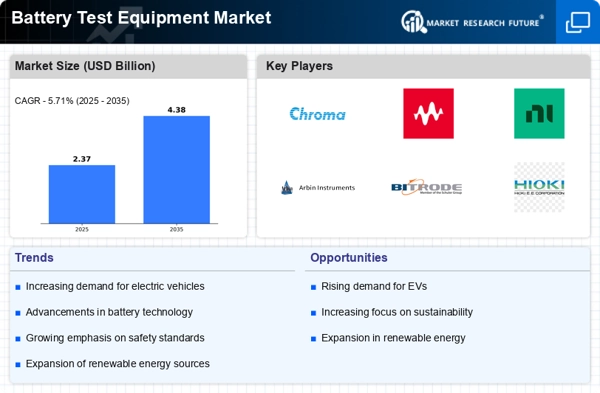
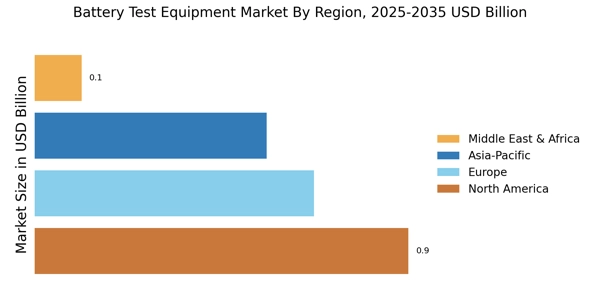
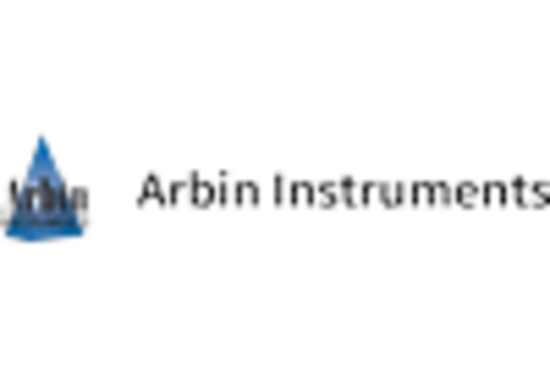
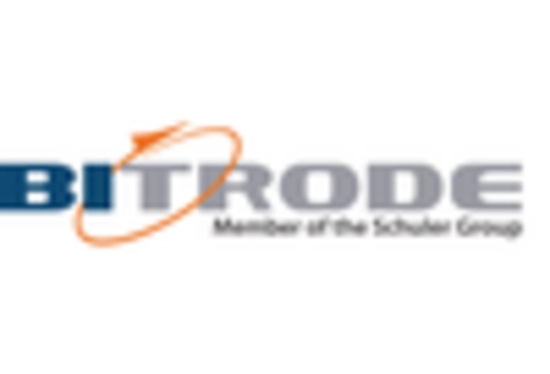
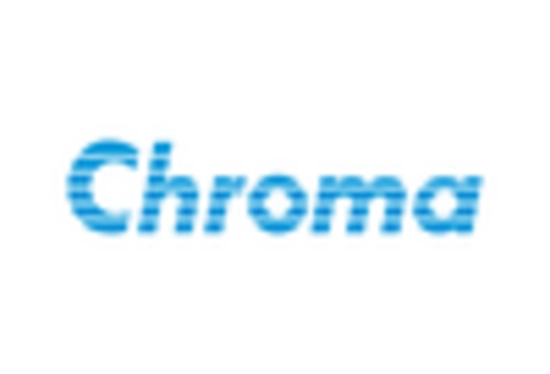
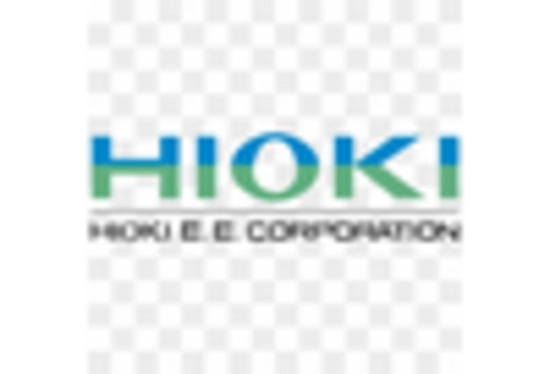
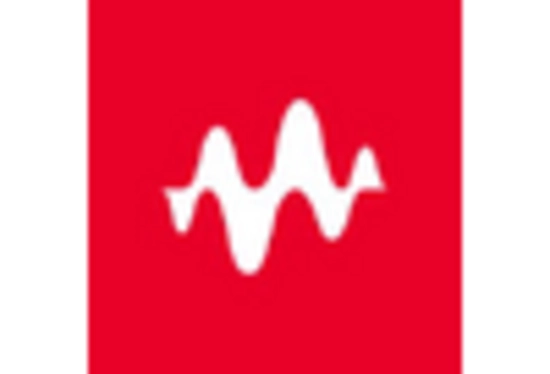
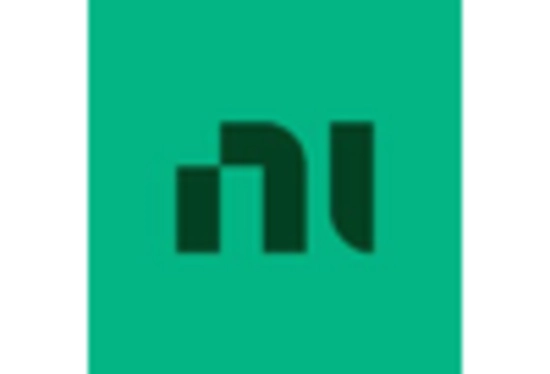








Leave a Comment